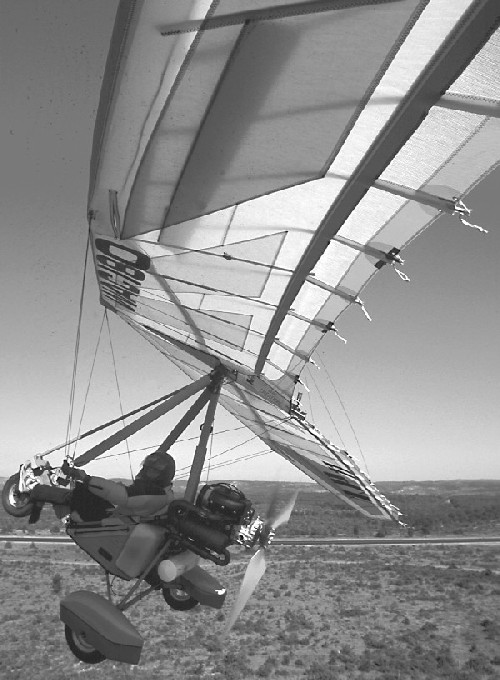
More than one European writer has called the single-seat Air Création Racer “the best ultralight in the world.” That’s a pretty big statement in a world full of wonderful recreational aircraft. Can it measure up? The short answer is, “Yes, very possibly it can!” The best ultralight in the world? Really? Well, this is too sweeping a statement. No one knows which ultralight is truly the best because best is different for every person. What is best for you may not be best for me. This very point has crystallized my response to many pilots who ask me at airshows, “You’ve flown everything. What should I buy?” I can’t answer the question because I don’t know what you want. Only after a lengthy conversation and watching you fly could I even hazard a guess about the best ultralight for you. Even then, it’s too likely I’d be wrong. Nonetheless, some aircraft are clear winners and others aren’t so strong.











